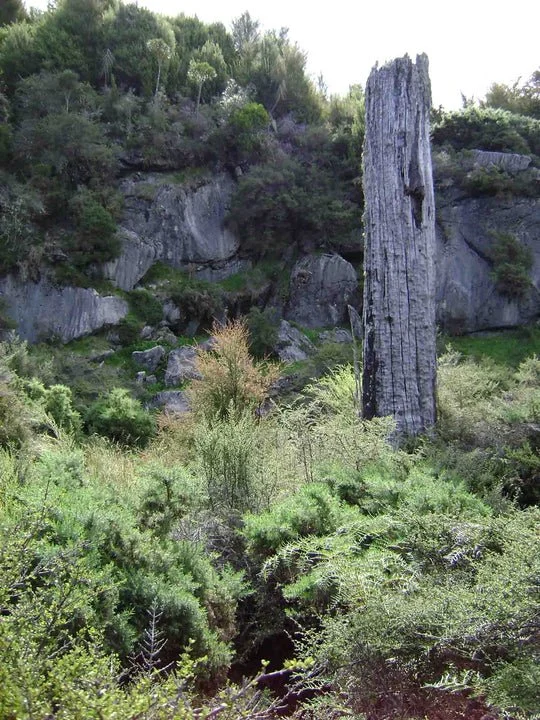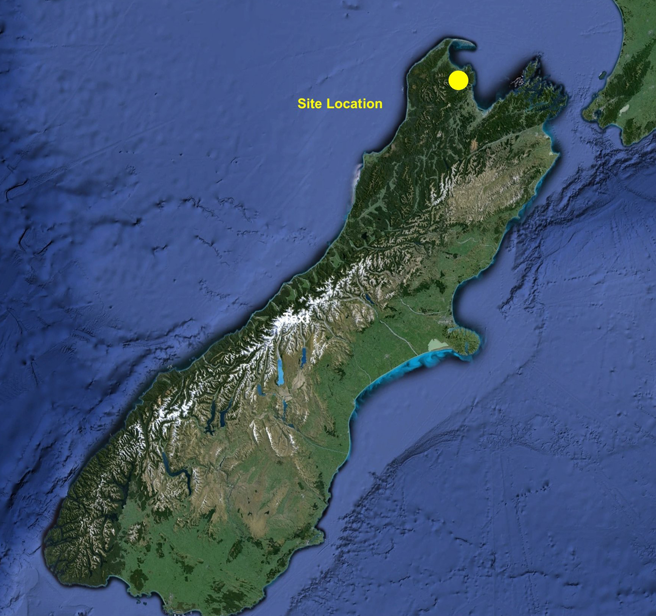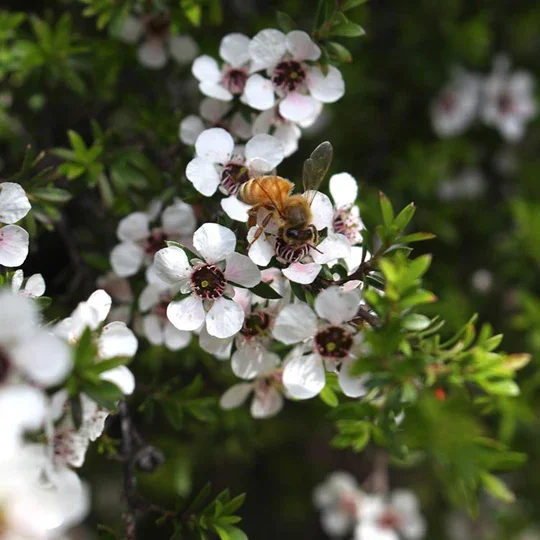
Kinsterrain Estate Project
Te Ngāhere - The Forest
In 2005 the Hoskins extended family purchased a derelict cattle farm, bordered on three sides by Kahurangi National Park, located on Barrons Flat [JH1] — a very remote location over 600 m above Golden Bay in New Zealand.
Their vision was to re-establish native trees so that native birds could flourish. Some bush was already present and species like kea and weka were nearby but rarely seen or heard.
Nature still has a lot of work to re-establish the big trees. The land is surrounded by mature trees and initially the owners collected and planted as many Totara and Rimu seedlings as possible.
Now the focus is on supporting the birds to do the heavy lifting of native forest regeneration.
The large pests like goats, pig and deer are removed whenever possible but the smaller pests do most of the damage to the bird life. There are Good Nature and DOC200 traps on site, set to kill both stoats and rodents.
Because of these efforts, the birds and the bush are benefitting. The Tui and Kereru are back in good numbers and the Weka numbers have exploded. Whio (or blue duck) and Great spotted kiwi have been reintroduced nearby in the flora region of Kahurangi National Park and both have been spotted on the land.
Ten years ago, the owners introduced the first beehives at Kinsterrain Estate. Since then they have been bottling honey and related skincare products.
Te Tāngata - The People
The Hoskins story is one of transformation — from a neglected cattle-farm to an emerging native forest.
The project also supports other ecological groups around the area.
Kinsterrain Estate is located on Barrons flat near Cobb Valley Rd, at over 600 m elevation, in Golden Bay, New Zealand. It is remote and nature-rich: bordered by Kahurangi National Park on three sides, and featuring streams, limestone caves and a waterfall.
Wāhi - The Location
Technical Stuff
The Kinsterrain Estate Project is being undertaken under the Permanent Forest Category of the New Zealand Emissions Trading Scheme. The project issues New Zealand Units (NZUs) based on New Zealand Government rules for carbon sequestration rates by indigenous forest.
Once the NZUs are sold to a carbon offset buyer, they are cancelled in the New Zealand Emissions Trading Registry so they cannot be used by (or sold to) anyone else.
Kinsterrain Estate Project
Project Name
111 ha
Project Area
The Hoskins
Project Owner
Landowner
Project Developer
Cobb Valley, Tasman, New Zealand
Project Location
Marginal grazing land with some native regeneration
Baseline Scenario
Permanent forest protection
Project Scenario
Afforestation/reforestation (A/R): Enhanced natural regeneration
Activity Type
Carbon sequestration; biodiversity conservation; water quality protection; climate resilience
Project Benefits
Not applicable
Trees Planted
TBC
Carbon Credits Issued
New Zealand Emissions Trading Scheme - Standard Forestry Category
Carbon Credit Standard
Ministry for Primary Industries
Verifier
Carbon Credit Registry
Credits available for Business Clients
Carbon Credit Status
Whāia Te Pūtea - Follow The Money
Conservation costs money. The main cost elements are:
Establishing a forest. This forest was established by nature because it naturally regenerated after the land was no longer used for grazing as well as enrichment planting which has been implemented to enhance the regeneration.
Conservation management costs. This includes pest and weed control, forest monitoring, and the administration of the carbon project (FMA measurement, carbon returns, registry account management and general administration).
Opportunity costs. This is the revenue that the landowner has given up to enable forest conservation to happen.
Carbon credit revenue goes to cover these costs.




